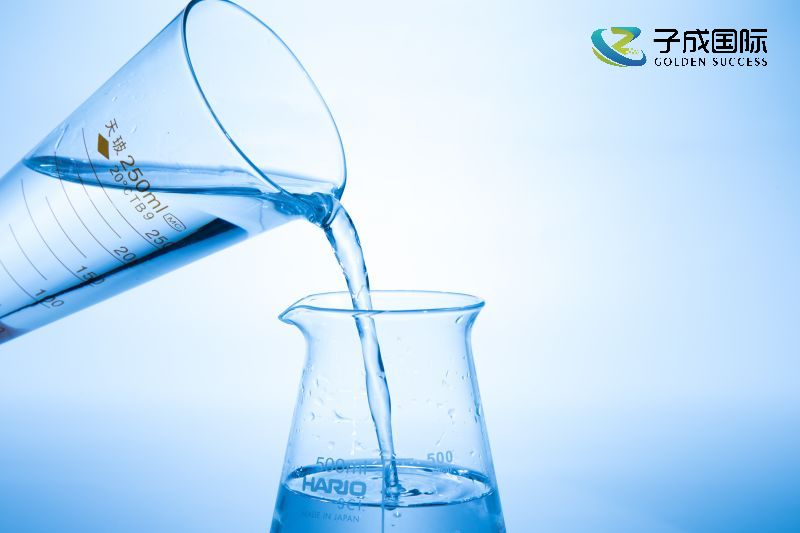As a chemical, the safety and environmental issues of using wetting agents cannot be ignored. This article will explore the safety and environmental measures for the use of wetting agents from three aspects: safe use, environmentally friendly storage, and waste disposal.

When using wetting agents, it is necessary to strictly follow the operating procedures and safety regulations, wear protective equipment to prevent skin contact and inhalation of harmful gases; At the same time, attention should be paid to safety measures such as fire and explosion prevention. Wetting agents should be stored in a cool and ventilated place, away from sources of fire and heat; Different types of wetting agents should be stored separately and clearly labeled to prevent misuse or mixing. Waste wetting agents and their packaging materials should be disposed of in accordance with environmental protection requirements and should not be dumped or discharged into the environment at will; Abandoned wetting agents and their packaging materials, due to their potential chemical composition, may cause pollution to the environment and ecosystem if not properly handled. Therefore, reasonable waste disposal measures are crucial.
Firstly, discarded wetting agents should be classified and collected, and different types of wetting agents and their packaging should be stored separately. This helps in selecting appropriate treatment methods based on the chemical composition of the wetting agent during subsequent processing. For partially recyclable wetting agents or packaging materials, they should be recycled and reused as much as possible. For example, some high-quality packaging drums or containers can be reused for the storage of other chemicals after cleaning and testing. In addition, some wetting agent components with recycling value can also be recycled through specific processes. For waste wetting agents that cannot be recycled or reused, qualified professional organizations should be commissioned to handle them. These institutions usually use various methods such as chemical treatment, incineration, and landfill to ensure that waste wetting agents do not pose a threat to the environment and human health. During the processing, relevant national environmental regulations and standards should be strictly followed to ensure the safety and effectiveness of the processing.
In addition to the specific measures mentioned above, strengthening environmental education is also an important way to improve the safety and environmental protection level of the use of wetting agents. Through publicity and education, enhance the environmental awareness of enterprises and individuals towards wetting agents and their waste, promote the rational classification, collection, and disposal of waste, and reduce the occurrence of environmental pollution.
Finally, continuous improvement and innovation are the inexhaustible driving forces for enhancing the safety and environmental protection level of wetting agents. Enterprises should actively pay attention to the development trends and technological progress of the wetting agent industry at home and abroad, continuously introduce new technologies, processes, and equipment, and improve the production efficiency and environmental performance of wetting agents. At the same time, we will strengthen cooperation and exchanges with research institutions, universities, and other units to jointly promote technological innovation and environmental protection development in the field of wetting agents.
In summary, the safety and environmental issues of using wetting agents involve multiple aspects and links. By strengthening measures such as safe use, environmentally friendly storage, reasonable waste disposal, and environmental education, the pollution risk of wetting agents and their waste to the environment and ecosystem can be effectively reduced, ensuring human health and sustainable development of the ecological environment.

 English
English
 Chinese
Chinese Vietnamese
Vietnamese
 HOME
HOME
 PRODUCT
PRODUCT
 NEWS
NEWS
 CONTACT
CONTACT


